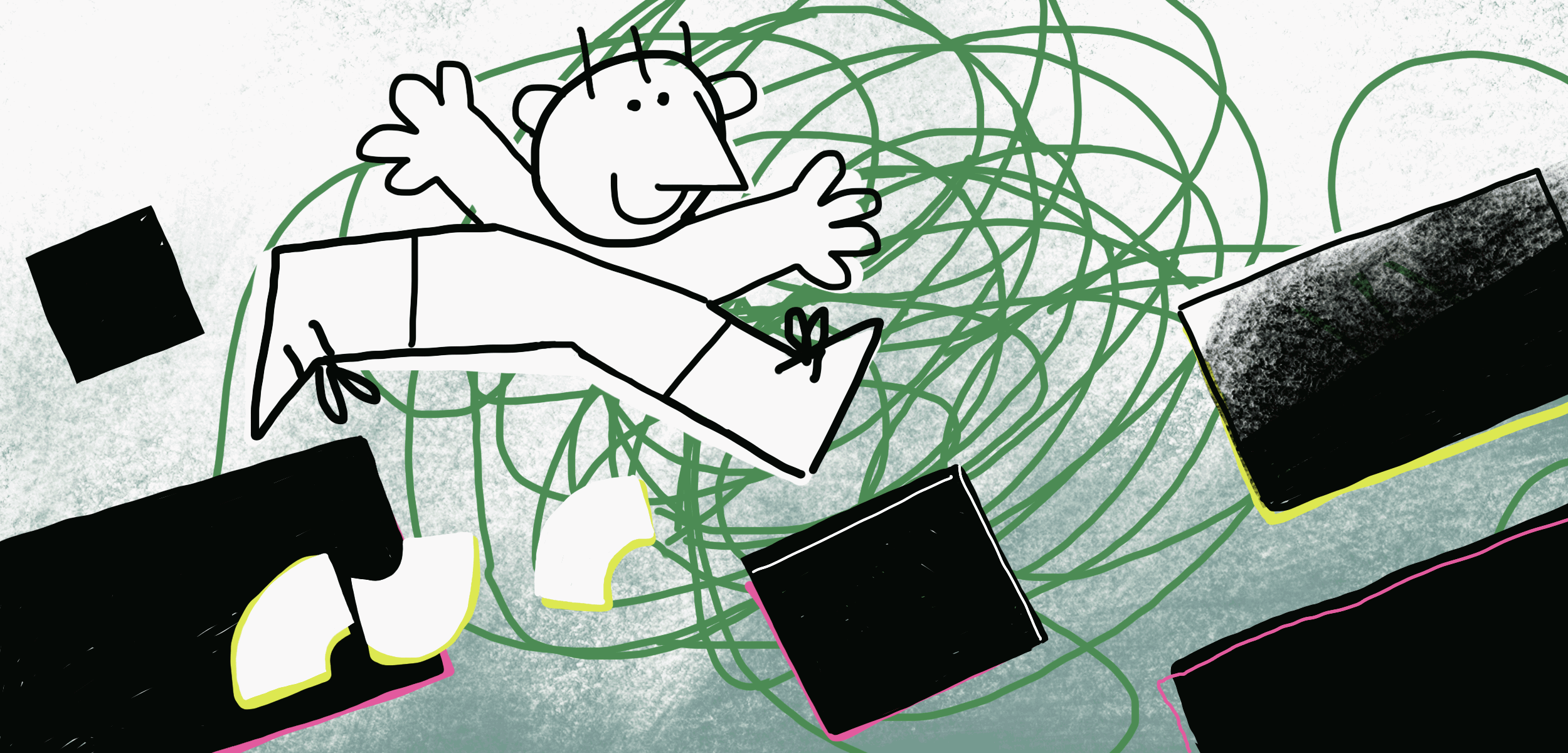What’s your hope for She-Moji’s impact? What’s next?
Our initial intention with this first release was to spark a conversation around the lack of female representation in the native set of emoji – a conversation that people (including us!) have been too comfortable to ignore. Plus, we would love to be able to reach out to the Malala Fund with a sizable donation to help move their programs forward.
Beyond this first release, our plans are simple – to continue to expand our She-Moji girl gang! There are so many we thought of but didn’t get to include for launch, which we want to add in the next round. Also in the inclusive She-Moji spirit, we want people to send in their She-Moji requests with the hashtag #makemyshemoji – effectively empowering our audience to decide what’s included in the next generation.
As well as expanding the She-Moji options themselves, we hope to roll out to Android too, if we are able to grow our user base enough.
You’re donating 50% of app store profits. What makes The Malala Fund a fitting partner for She-Moji?
We knew we wanted to donate 50% of our profits to a women’s charity from day one. There are so many emoji apps out there now, we didn’t want to just add to the clutter without trying to make a real impact.
Malala herself is synonymous with inclusivity, and advocating for women everywhere. We all followed her story and her work long before we started this project, so she immediately came to mind.
The Malala Fund works to provide 12 years of safe, quality education for all girls. So we really felt this organization aligned with the philosophy and inclusive nature that She–Moji itself was built on.




































